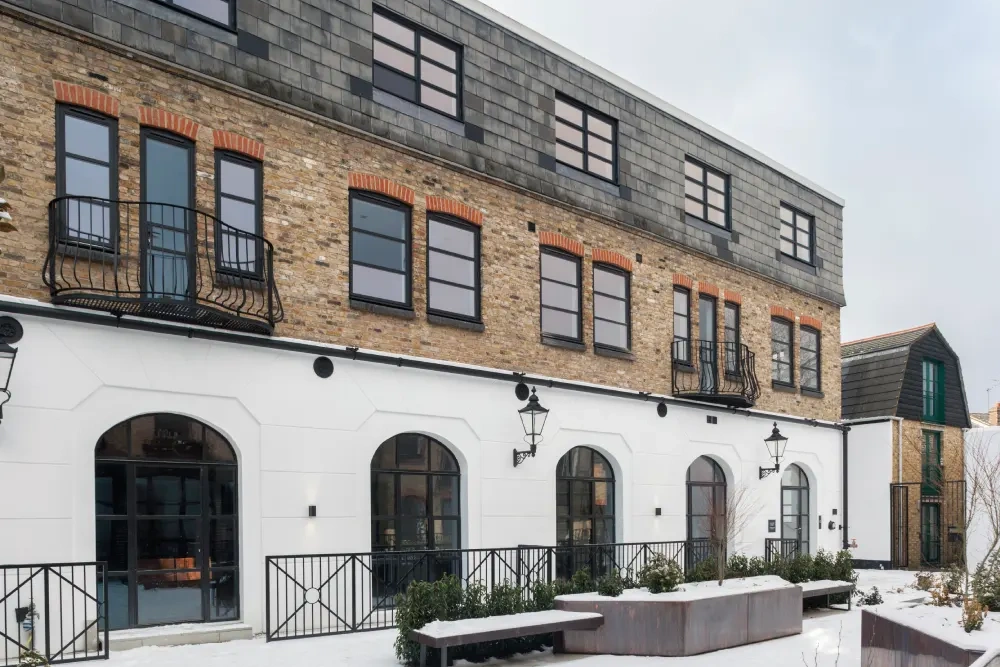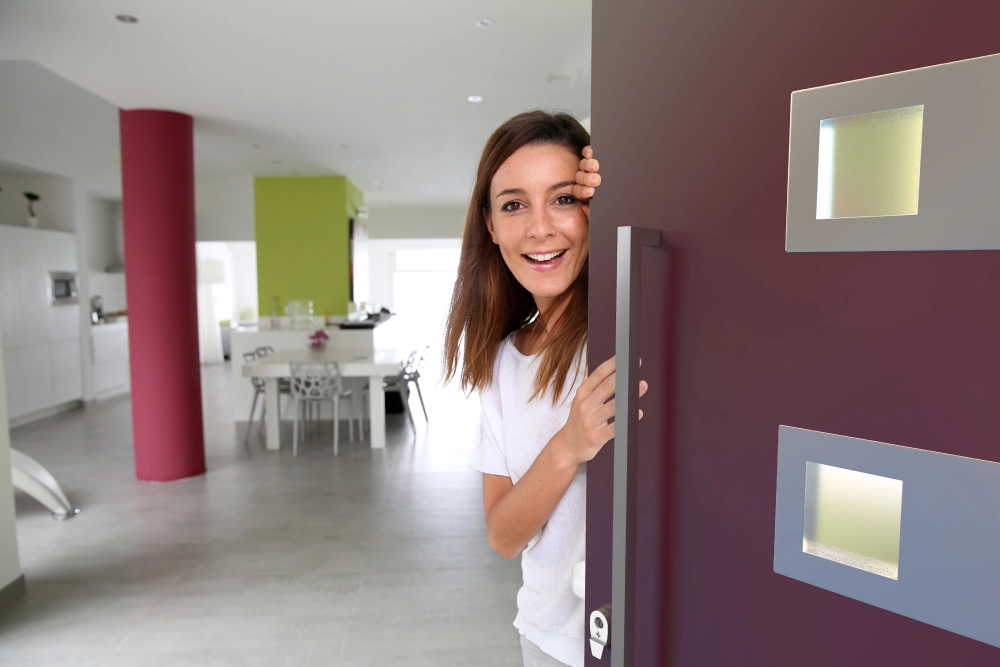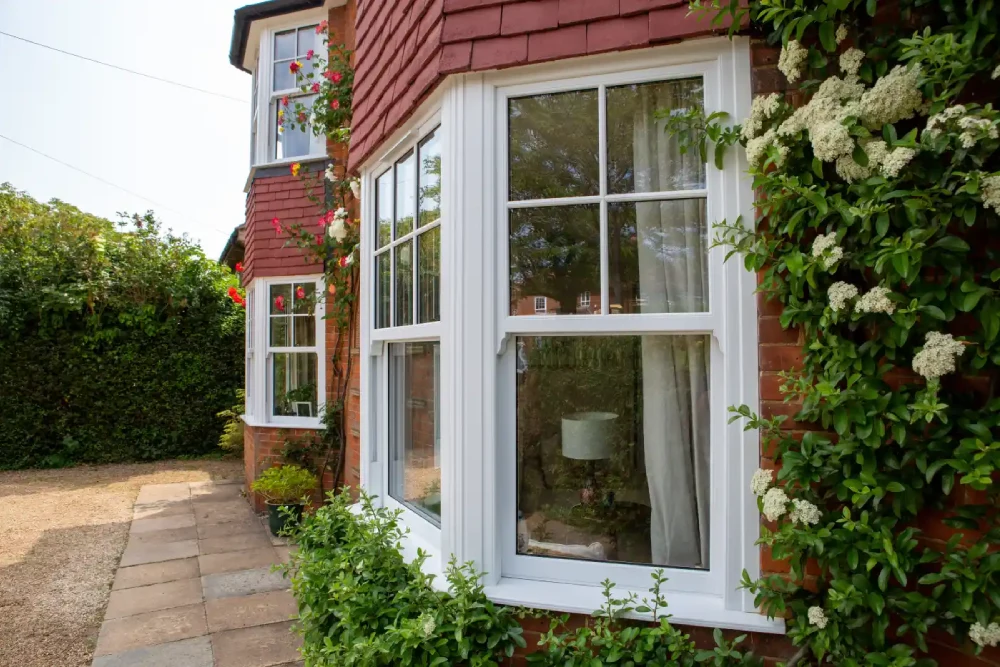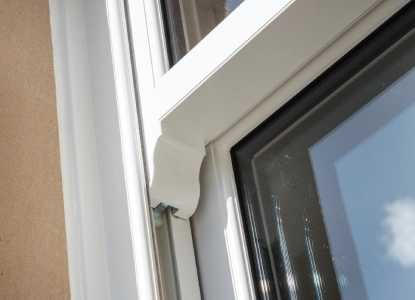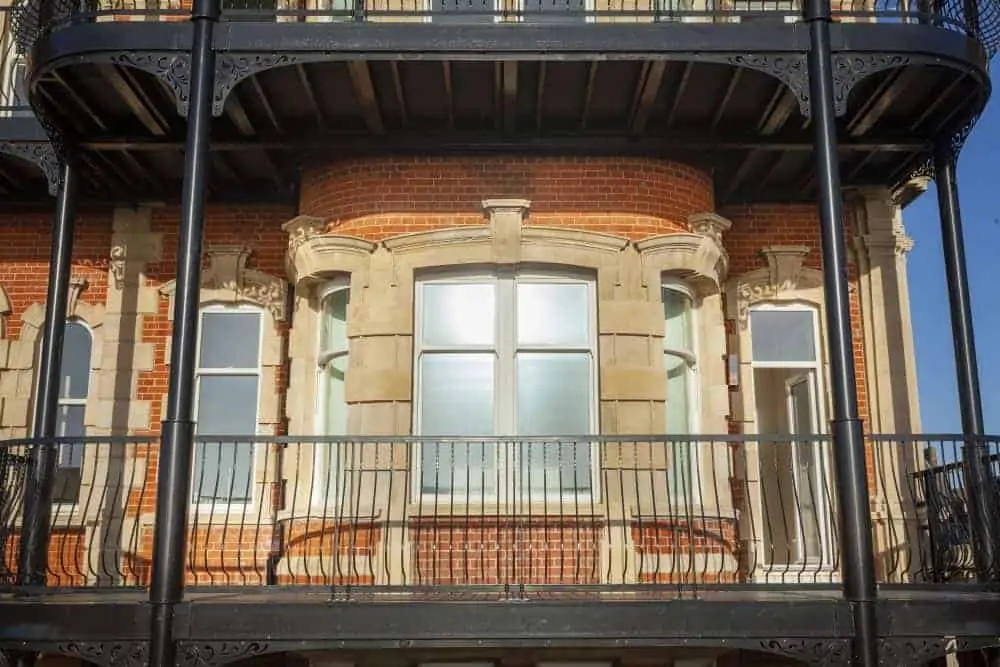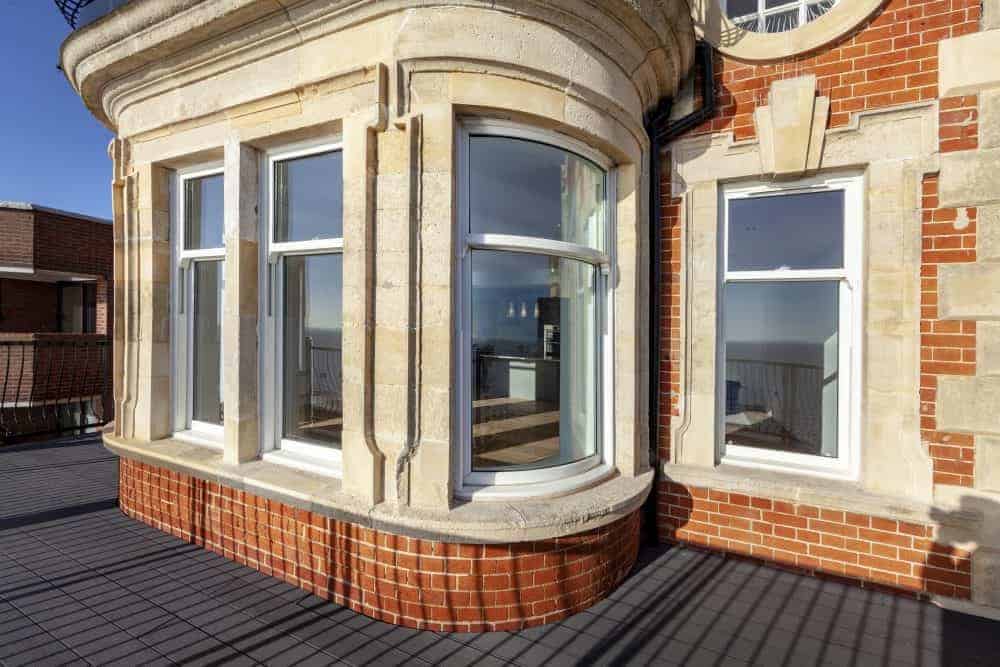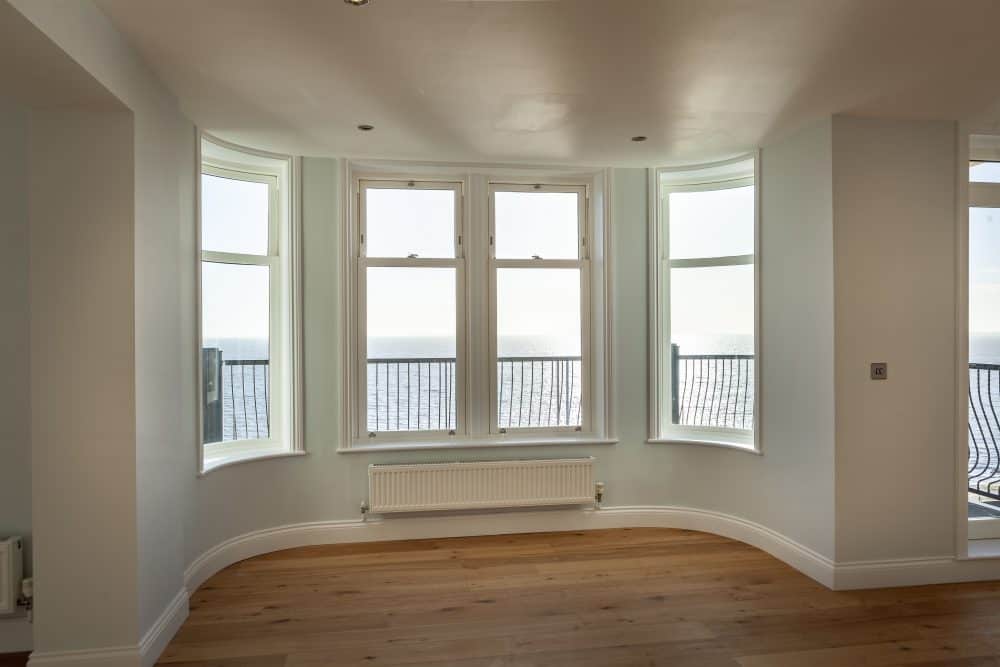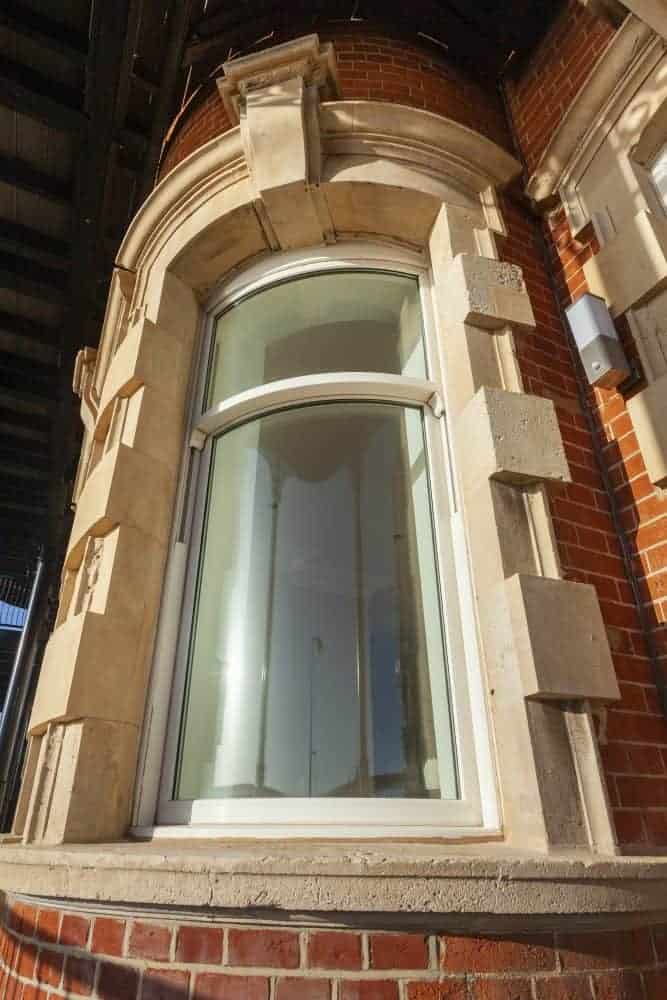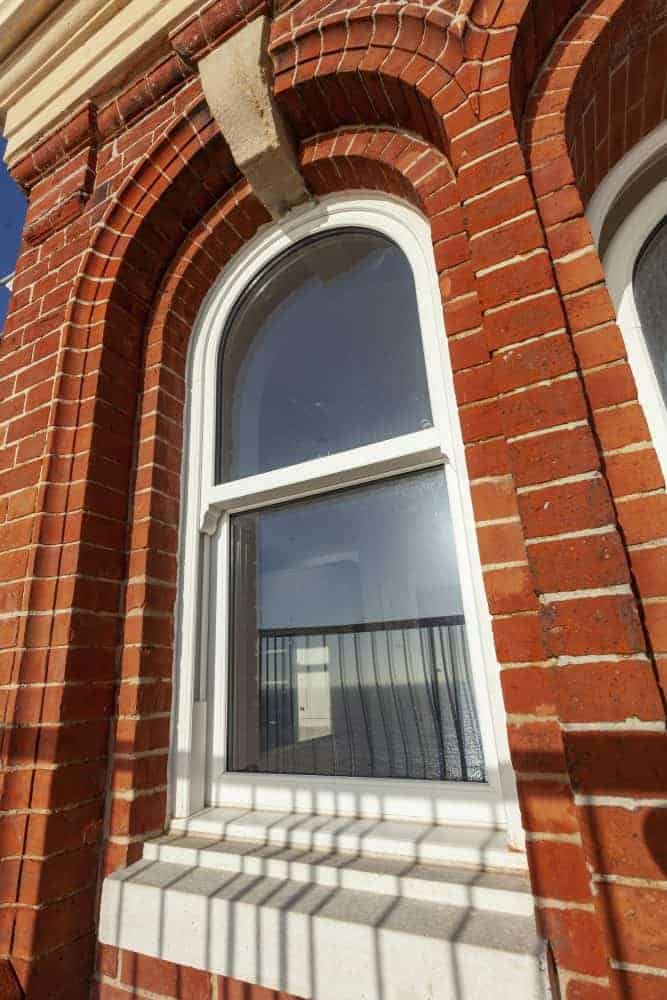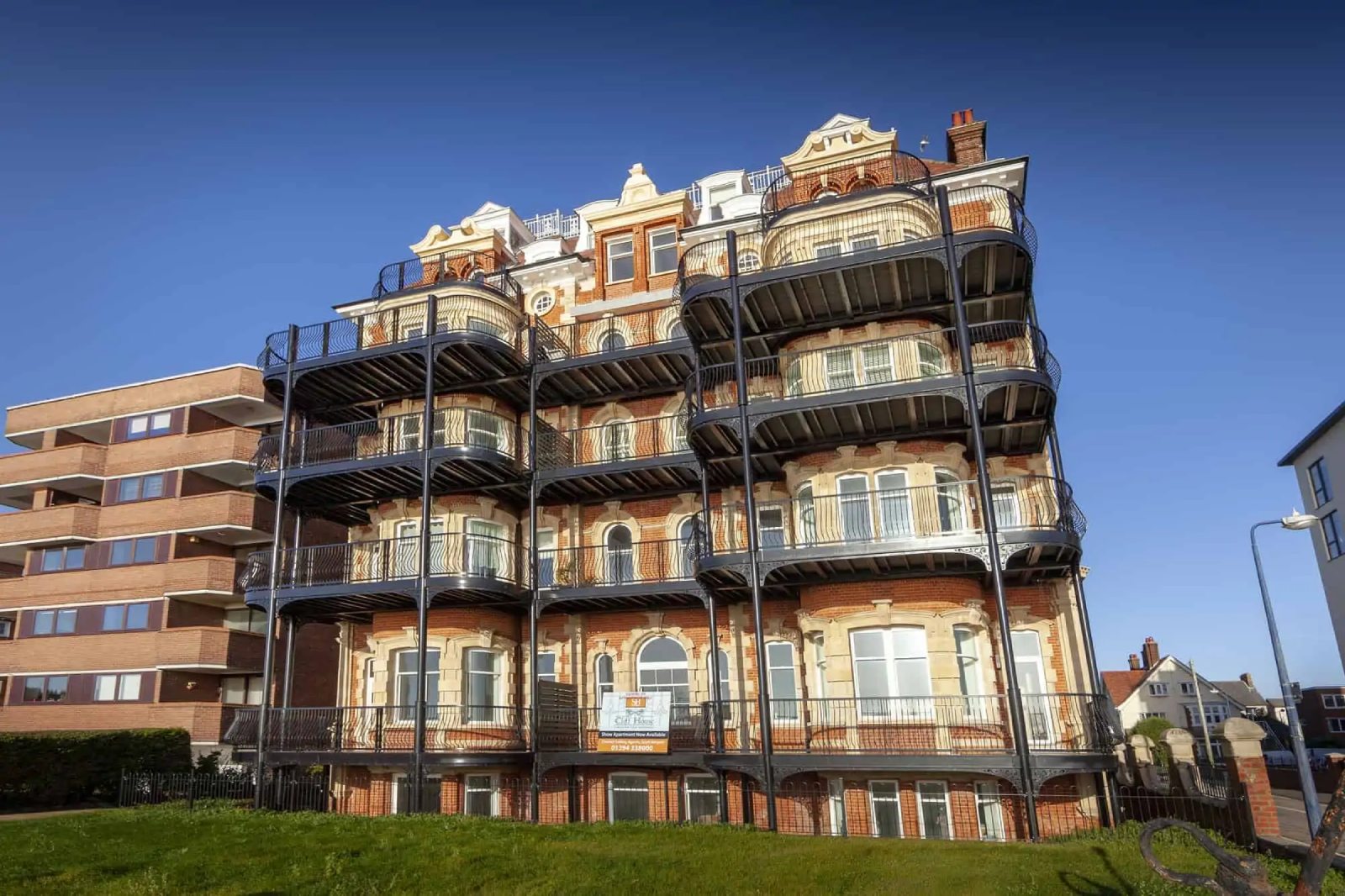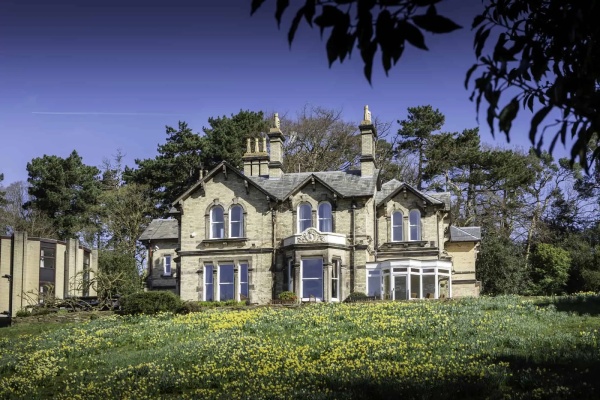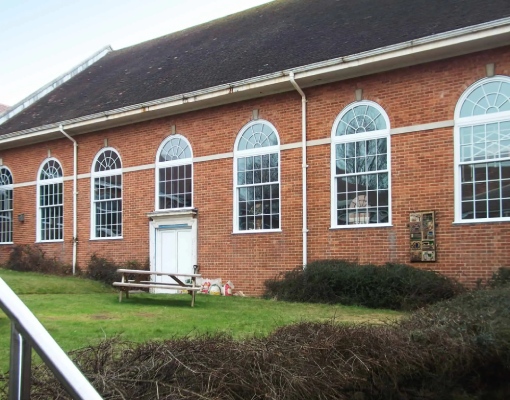How Commercial Glazing Innovations
Have Led Building Design Trends
Glazing Trends in Modern Times: A Brief History
Corporate Management: A Model of Efficiency
Face Value: Transparency and Openness in Commercial Premises
Modern times have made commercial entities more present than ever – meaning they have come under closer scrutiny as a result. Consequently, there has been a shift in the way corporations wish to be perceived. This shift can be seen in their advertising and branding, but it’s also visible in the designs of their buildings.
Look at just about any contemporary business’ offices or headquarters and you’ll likely see a variation on a theme: a glass-fronted building with aluminium framing. Be they government buildings or public venues or the general headquarters of a major business, the aesthetic seems to be gaining popularity everywhere – and residential properties appear to be following their lead. They are the perfect manifestation of the times we are living through, with regards to openness and transparency as well as strength and sustainability.
A Look to the Future: Contemporary Commercial Glazing Trends
So, what are the residential glazing trends of tomorrow? To get an idea, here are a few examples of the commercial sector’s big-hitters of 2022 and those predicted for the coming year:
Solar Control
As climate change makes warmer weather more likely and the popularity of a higher ratio of glazing in our buildings grows, the application of solar control coatings has seen a recent surge.
Structural glass
Glass is now commonly used as a key structural material, from curtain walls of a building’s external facade to internal screening and sliding door systems. Popularised in the commercial and public sectors, their use in residential projects is quickly following suit.
Coloured frames
One of the many positives of using aluminium in frames for glazing is the fact that you can choose their colour. The classic aluminium finish definitely has its strengths, but more and more people are opting for that little touch of personalisation in their glazing plans. A perfect example is Mercury’s range of Alitherm Heritage Windows which are available in a wide range of RAL colours allowing them to be personalised for a range of property types including listed buildings.
Follow the Leaders…
With their bigger budgets and tighter regulations, it makes sense that the commercial sector would lead the way in their utilisation of the best new products. Take a look at any of the new commercial projects around and you may just pick up an idea or two…
Cliff House, Felixstowe
VIEW PROJECTFoxhill House, Chester
VIEW PROJECTUniversity of Sussex, Brighton
VIEW PROJECTVarndean College, Brighton
VIEW PROJECTFrom sash windows to aluminium bifold doors, our high-quality products are engineered and manufactured right here in Britain. We work with fellow UK-operated companies, Spectus Window Systems, Smart Systems, and Jack Aluminium Systems, to deliver only the very best to our trade, commercial and residential customers.
How much do French doors cost to install in the UK?
The cost of installing French doors in the UK varies depending on the size, material, and design. At Mercury Glazing, we offer competitive pricing tailored to your specific needs. Please contact us for a personalised quote.
How to fit door handles?
Fitting door handles can be a straightforward process. First, measure and mark the position on the door, drill the necessary holes, then attach the handle with screws. For detailed instructions or professional fitting services, feel free to reach out to us.
What are composite doors made of?
Composite doors are crafted from a combination of materials, including PVC, wood, insulating foam, and GRP (Glass Reinforced Plastic). This blend ensures strength, durability, and thermal efficiency.
What are composite doors?
Composite doors are high-quality doors known for their robustness, energy efficiency, and security. They are an excellent choice for those seeking a durable and aesthetically pleasing option.
Do composite doors fade in the sun?
Our composite doors are designed to resist fading, even under prolonged sun exposure, thanks to their high-quality materials and construction.
How to adjust composite doors?
Adjusting a composite door usually involves aligning the hinges and lock mechanism. If you're experiencing issues, we recommend contacting a professional for assistance to ensure optimal performance and avoid damage.
How to replace patio doors?
Replacing patio doors involves removing the old doors, preparing the opening, and installing the new doors. It's a task best handled by professionals to ensure a perfect fit and functionality.
How much do patio doors cost?
The cost of patio doors varies based on size, material, and design. Contact us at Mercury Glazing for a bespoke quote that matches your specific requirements.
How much are French doors?
The price of French doors depends on the material, size, and design details. We offer a range of options to suit various budgets. Please get in touch for a tailored quote.

